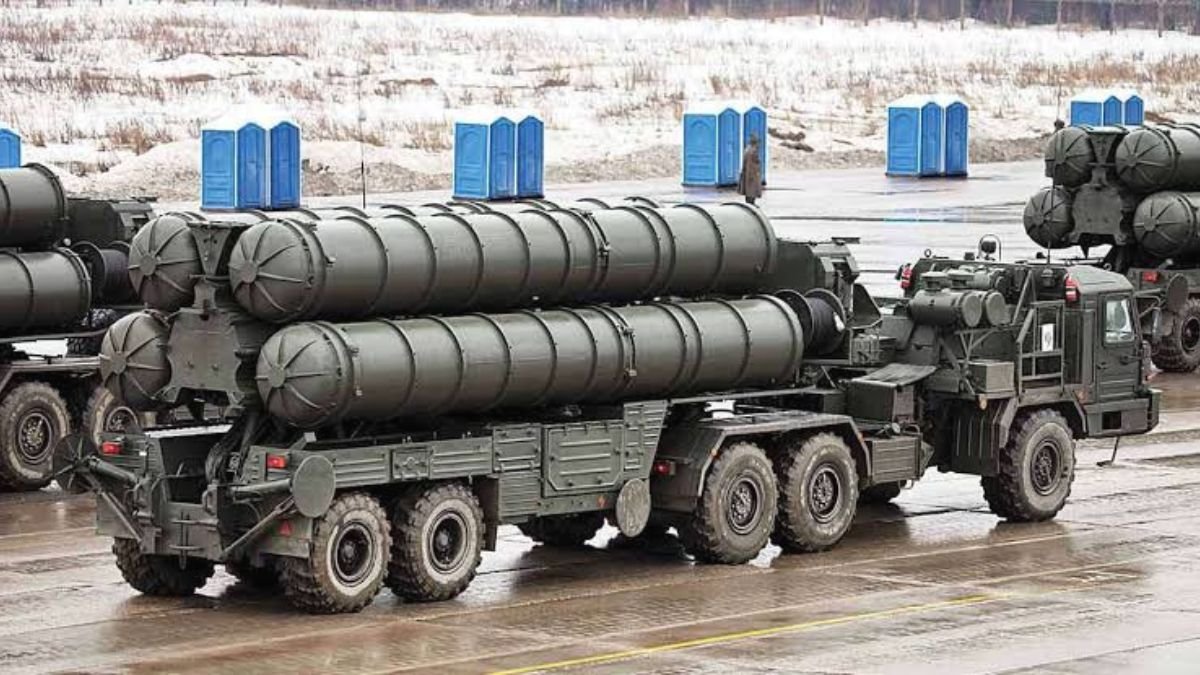Defence Deals Terminology: A Complete Guide

Hello defence lovers! The Indian armed forces are one of the largest armed forces in the world. To keep them well-equipped and battle ready, the government needs to procure various equipment through defence deals. In this article, we are going to look at the various methods of procurement and terminologies involved in defence deals.
Request For Information (RFI)

An RFI (request for information) is a formal process for gathering information from potential suppliers of a good or service. RFIs are intended to be written by customers and sent to potential suppliers. Whenever our armed forces need any kind of equipment, an RFI is issued.
Request For Proposal (RFP)
A request for proposal (RFP) is a document that solicits a proposal, often made through a bidding process, by an agency or company interested in procurement of a commodity, service, or valuable asset, to potential suppliers to submit business proposals. During equipment procurement by the armed forces, when vendors submit their replies to the RFI, an RFP is issued by the armed forces to discuss further details.
The Acceptance of Necessity (AON)
When our armed forces require to purchase any equipment, they have to approach the Cabinet Committee on Security (CCS). The CCS evaluates the proposal for the particular equipment. If it finds that the equipment demanded by the armed forces is required then it issues the Acceptance of Necessity (AON). However, the three branches have some emergency financial powers under which they can bypass the process of getting AON. These powers are for maintaining operational readiness. However, the expenditure limit is small under these powers.
Recently the government released the AON for 375 light armoured vehicles for the Indian Army
Memorandum of Understanding (MoU)
A Memorandum of Understanding (MoU) is a type of agreement between two or more parties. An MoU expresses a convergence of will between the parties, indicating an intended common line of action. It is often used either in cases where parties do not imply a legal commitment or in situations where the parties cannot create a legally enforceable agreement. It is a more formal alternative to a gentlemen’s agreement.
Government to Government (G2G) deal
A government-to-government deal is a mode of procurement of defence equipment in which the government of the importer country directly negotiates with the government of the exporter company. In such deals, the chances of corruption are eradicated by eliminating the middlemen. However, the negotiating leverage is often compromised due to the single-vendor situation. Thus first hosting a competition and then procuring the equipment through the G2G method is most suitable.
Over the past few years, Indian armed forces have procured most of their costly equipment through this G2G method from France, America, Israel, and Russia.
Offset Clause
Offsets are compensatory trade agreements between an exporting foreign company, or possibly a government acting as an intermediary, and an importing entity. Offset agreements often involve trade in military goods and services. After 2005, the Indian government adopted an offset clause policy in defence deals. Under this offset clause, the company from which the Indian government is importing defence equipment has to invest a minimum of 30 percent of the total deal value in India. Recently American aviation giant Boeing was penalized for not fulfilling the offset clause in the Apache and Chinook deals.
Off-the-shelf Procurement
Off-the-shelf procurement refers to the method of procurement where the deal is executed without prior planning. A clear example of this case is the Rafale deal. Under the initial MMRCA, 126 fighters were to be procured from France, some in fly-away condition and the rest to be manufactured by HAL. However, due to prolonged negotiations, the government decided to scrap the deal and procure 36 rafale off the shelf in fly-away condition.
Buy Global

While acquiring some equipment, sometimes only foreign vendors are preferred to bring in new and advanced technology to India. This procedure is termed the “Buy global” method. Often it is seen that it is preferred along with “Make in India”. We have many examples of “Buy Global make in India” deals like the K-9 vajra deal, P-75I deal, and so on.
Buy Indian
Some deals are often reserved exclusively for Indian vendors. These come under the “Buy Indian” category. For example, the carbine deal of the Indian army which was earlier supposed to be completed through the Buy Global method but later changed to the Buy Indian method.
Make I/Make II
Make-I projects are indigenous make-in-India projects in which the government bears all the research and development costs. Moreover projects less than Rs 10 Crores are reserved for Micro Small and Medium enterprises (MSMEs). In the Make II category, the research and development cost is borne by the Industry partners and the projects whose value is less than Rs 3 Crore is reserved for the MSMEs. For example, recently the Indian army has released a tender under the Make II category to procure High-frequency man-portable software-defined radios.
So these were some methods and terms involved in defence deals. To read the more interesting article follow our website DefenceXp.com.





